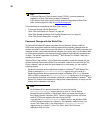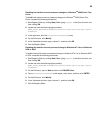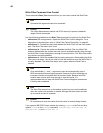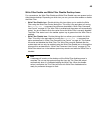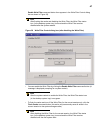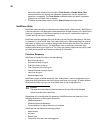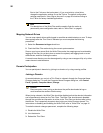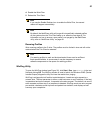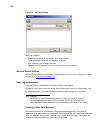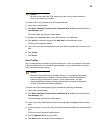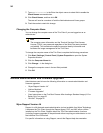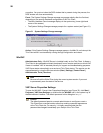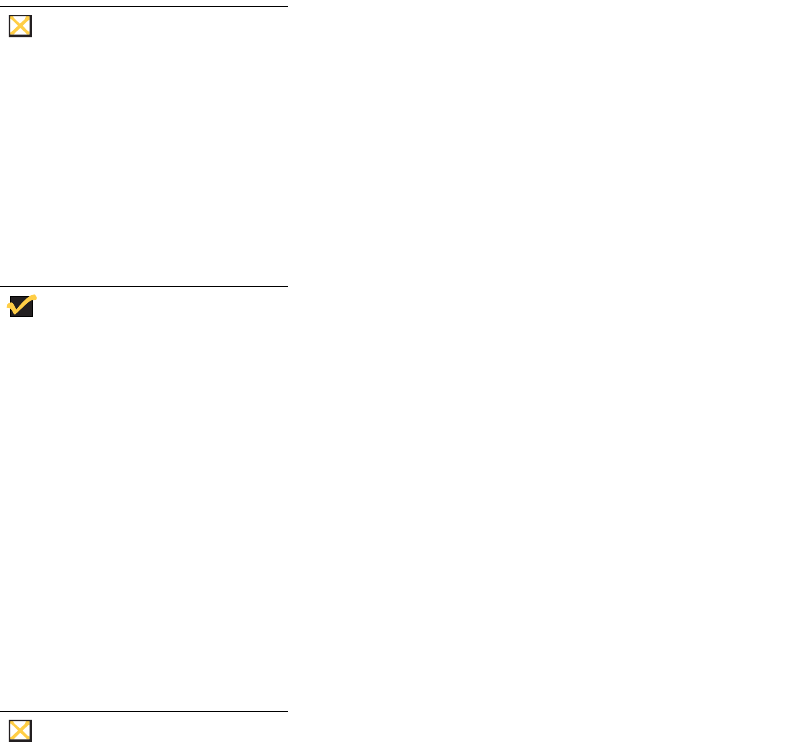
49
Local Drives
Administrators need to know the following information on local drives.
Drive Z
Drive Z is onboard volatile memory (Ms-ramdrive) of the Thin Client. Because drive Z is
volatile memory, it is recommended that you do not use this drive to save data that you
want to retain.
For Ramdisk configuration information, refer to “RAMdisk” on page 37.
For information about using the Z drive for roaming profiles, refer to “Domain Participation”
on page 50.
Drive C and Flash
Drive C is onboard non-volatile flash memory. It is recommended that you avoid writing to
drive C. Writing to drive C reduces the size of the flash. If the flash size is reduced to
under 3 MB, the Thin Client will become unstable.
Caution
If the free flash memory size is reduced to 2 MB, the Thin Client’s image will
be irreparably damaged and it will be necessary for you to contact an
authorized service center to repair the Thin Client. It is highly recommended
that 3 MB of flash memory be left unused.
The Write Filter (if ENABLED) protects the flash from damage and presents an error
message if the cache is overwritten. However, if this message occurs you will be unable to
flush the Write Filter cache and any Thin Client configuration changes still in cache will be
lost.
Note
For information on NetXClean’s role in keeping the flash memory clean, refer
to “NetXClean Utility” on page 48.
Items that are written to the Write Filter cache (or directly to the flash if the Write Filter has
been flushed) during normal operations include:
• Favorites
• Created connections
• Delete/edit connections
Saving Files
The Thin Client uses an embedded operating system with a fixed amount of flash memory.
It is recommended that you save files that you want to keep on a server rather than on
your Thin Client.
Caution
Be careful of application settings that write to the C drive, which resides in
flash memory (in particular, those applications which by default write cache




